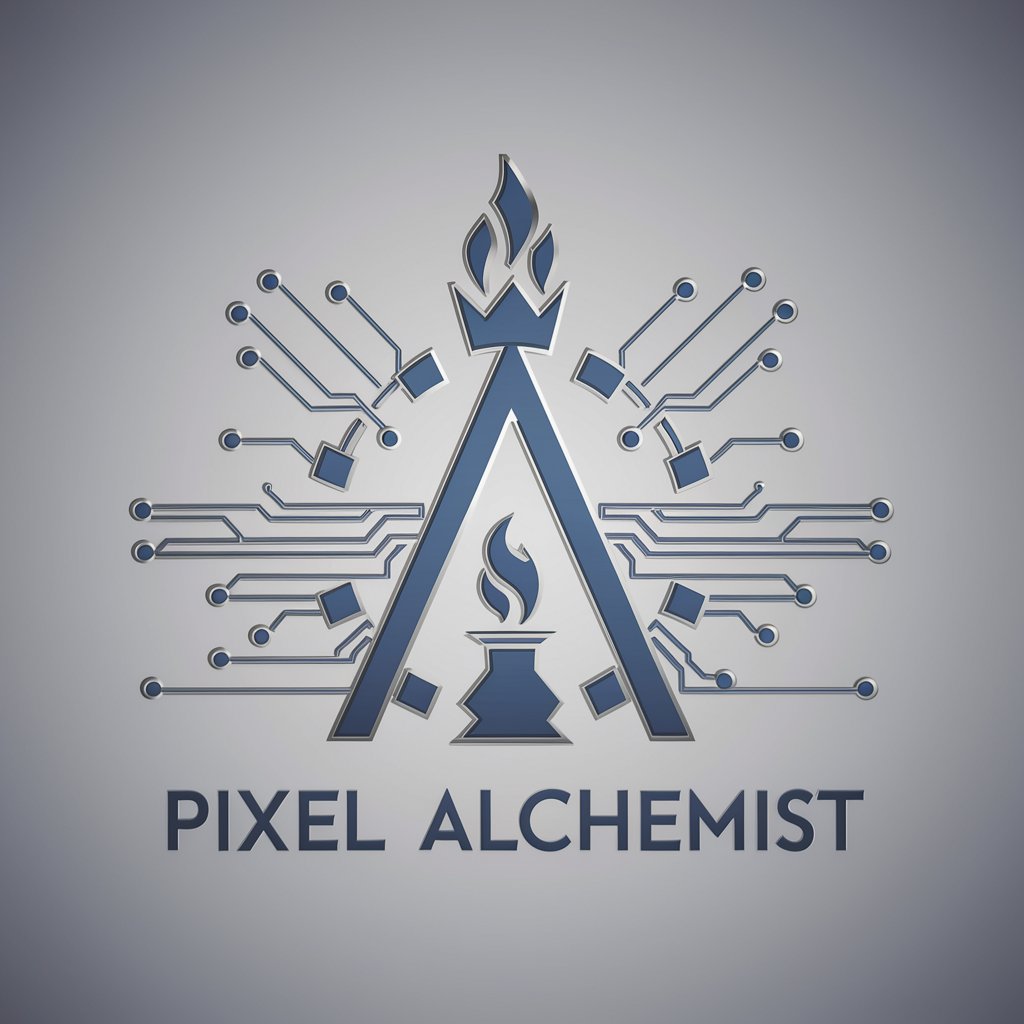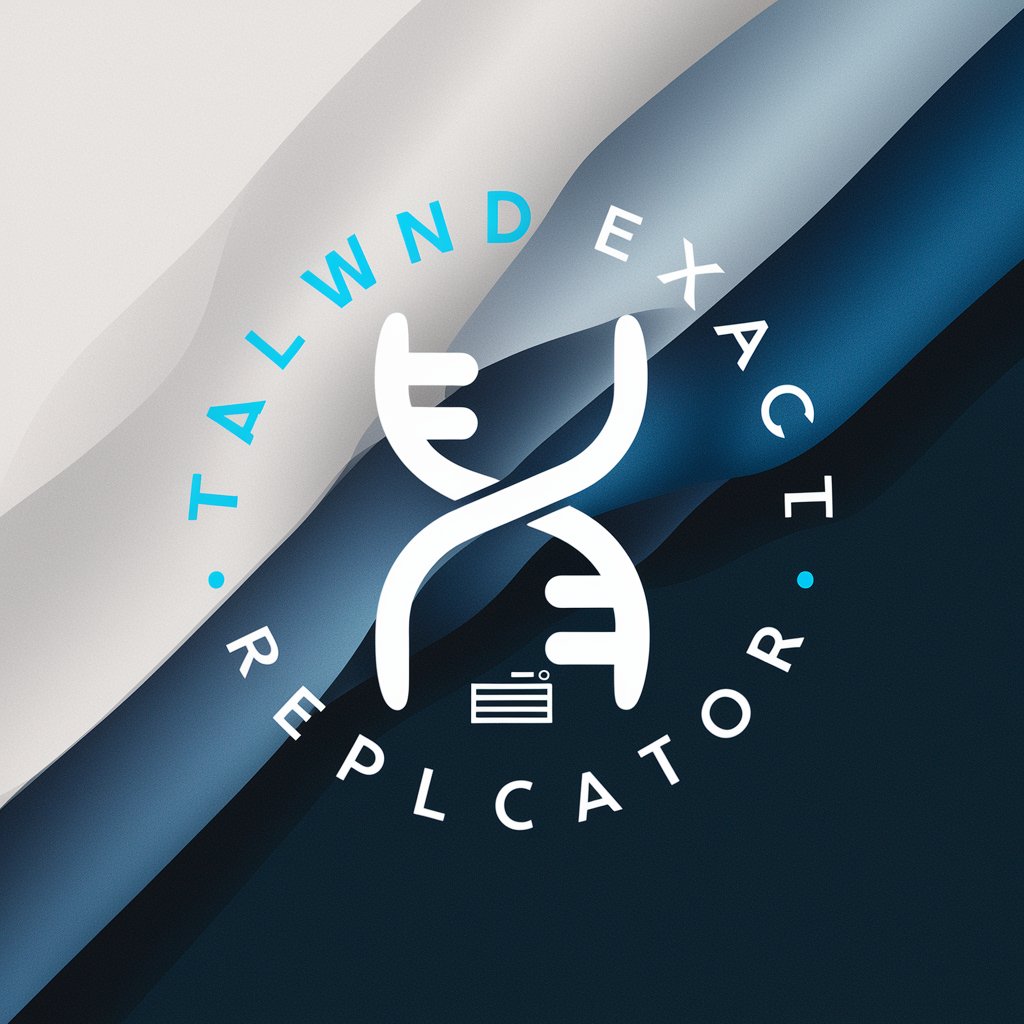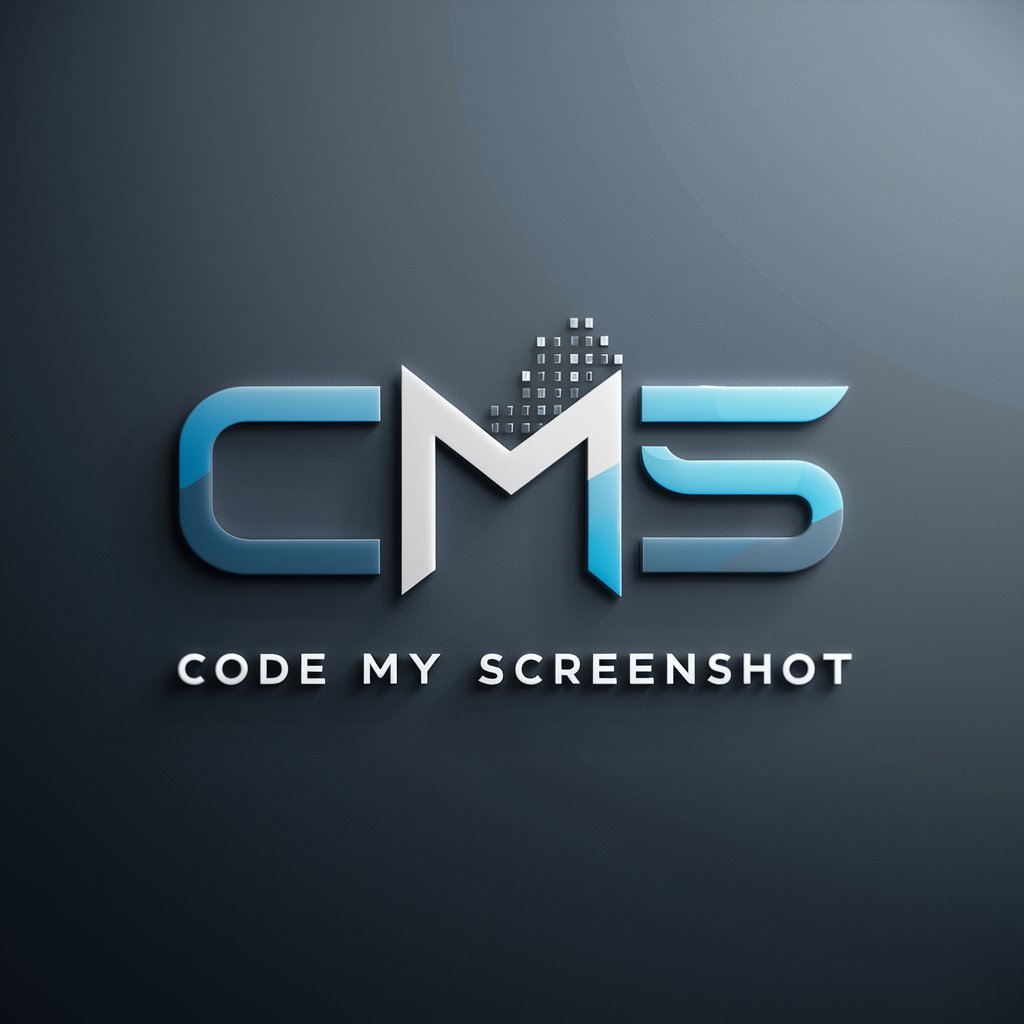7 GPTs for Tailwind CSS Powered by AI for Free of 2025
AI GPTs for Tailwind CSS are advanced artificial intelligence tools designed to streamline and enhance web development tasks specifically within the realm of Tailwind CSS, a popular utility-first CSS framework. By leveraging Generative Pre-trained Transformers, these tools offer bespoke solutions for generating, optimizing, and customizing Tailwind CSS code. Their relevance lies in their ability to understand and apply the Tailwind CSS specifications to produce efficient, responsive, and visually appealing web interfaces, catering to the specific needs of developers and designers in the web development community.
Top 7 GPTs for Tailwind CSS are: 42master-WebDesiger,Screenshot to Tailwind GPT,Pixel Alchemist,Tailwind Exact Replicator,Screenshot to Code GPT,Code My Screenshot,Tailwind Architect
42master-WebDesiger
AI-powered Tailwind CSS Web Design

Screenshot to Tailwind GPT
Transform Designs into Code Seamlessly

Pixel Alchemist
Transform designs into live web apps with AI

Tailwind Exact Replicator
AI-powered precision in web design replication

Screenshot to Code GPT
Turning designs into code, effortlessly.

Code My Screenshot
Transform screenshots into Tailwind code effortlessly.

Tailwind Architect
Transform designs into code effortlessly

Key Characteristics and Functions
AI GPTs tailored for Tailwind CSS exhibit several distinctive features that elevate web development processes. Key among these are their adaptability to both foundational and complex Tailwind CSS tasks, automatic code generation for rapid prototyping, and real-time optimization suggestions for improving performance and design consistency. Furthermore, these tools can offer insights into best practices within the Tailwind community, support for language learning to understand Tailwind CSS syntax and utilities better, and capabilities for integrating with development environments to streamline workflows.
Intended Users of Tailwind CSS AI Tools
The primary beneficiaries of AI GPTs for Tailwind CSS include web developers, UI/UX designers, and novices interested in web design. These tools are particularly valuable for those without deep coding expertise, offering an accessible way to leverage Tailwind CSS's full potential. Simultaneously, experienced developers can utilize these AI tools for advanced customization and optimization tasks, thereby enhancing productivity and enabling more sophisticated design implementations.
Try Our other AI GPTs tools for Free
Custom Themes
Discover the transformative power of AI GPTs for Custom Themes, tailor-made to elevate content, analysis, and interaction within specialized domains.
Toy Customization
Explore how AI GPTs are transforming toy customization, offering personalized and innovative solutions for enthusiasts and professionals alike.
Childhood Entertainment
Explore AI GPTs for Childhood Entertainment: innovative tools designed to create engaging, educational, and safe content tailored for young minds. Enhance learning and fun with AI!
Photo Reaction
Discover how AI GPTs for Photo Reaction revolutionize the way we interact with images, offering tailored, intelligent responses that enhance digital engagement.
Spreadsheet Learning
Discover how AI GPTs for Spreadsheet Learning revolutionize data management with automated tasks, predictive analysis, and tailored solutions for enhanced productivity.
Visual Harmony
Explore AI GPTs for Visual Harmony and unlock the potential of AI-driven design. Enhance your visual content's appeal with tailored, intelligent solutions that ensure aesthetic coherence and audience engagement.
Further Considerations for Tailwind CSS AI Integration
Integrating AI GPTs into the Tailwind CSS ecosystem not only simplifies development tasks but also introduces a layer of intelligence that anticipates and reacts to user needs. This adaptive approach ensures that both novices and professionals can efficiently exploit the versatility of Tailwind CSS. Moreover, the continuous evolution of these AI tools reflects an ongoing commitment to enhancing user experience, promoting best practices, and fostering innovation in web design.
Frequently Asked Questions
What exactly are AI GPTs for Tailwind CSS?
They are AI-driven tools designed to assist in the generation, optimization, and customization of Tailwind CSS code, making web development more efficient and accessible.
How do AI GPTs improve Tailwind CSS development?
They automate routine tasks, provide code suggestions, and offer design insights, thereby speeding up development and enhancing code quality.
Can beginners use these AI GPTs effectively?
Yes, these tools are designed to be user-friendly, making Tailwind CSS more accessible to beginners without compromising on advanced functionalities for experienced users.
Do AI GPTs for Tailwind CSS support customization?
Absolutely, they offer various levels of customization, allowing developers to tailor the tools to their specific project needs.
How do these AI tools integrate with existing workflows?
They are built to seamlessly integrate into standard web development workflows, offering plugins and extensions for popular IDEs and code editors.
Are there any specific system requirements?
Generally, there are no stringent system requirements, as these tools are accessible online or through lightweight plugins compatible with most development environments.
Is there a community or support system for users?
Yes, there is a robust community and support framework, including forums, documentation, and direct support channels, to assist users.
Can AI GPTs for Tailwind CSS predict design trends?
While they primarily focus on code optimization and generation, some advanced tools use data analysis to suggest trending design patterns and utilities.